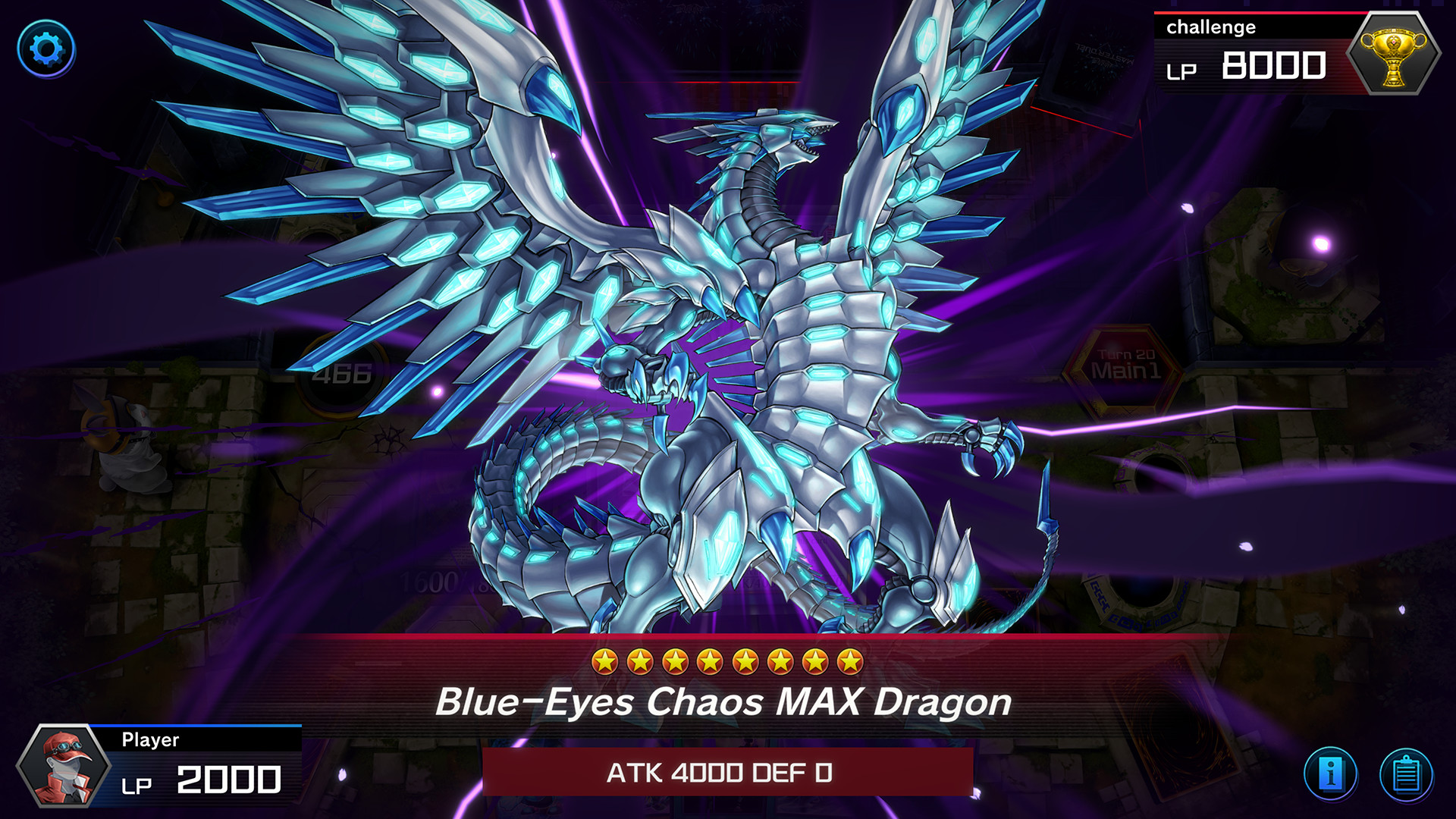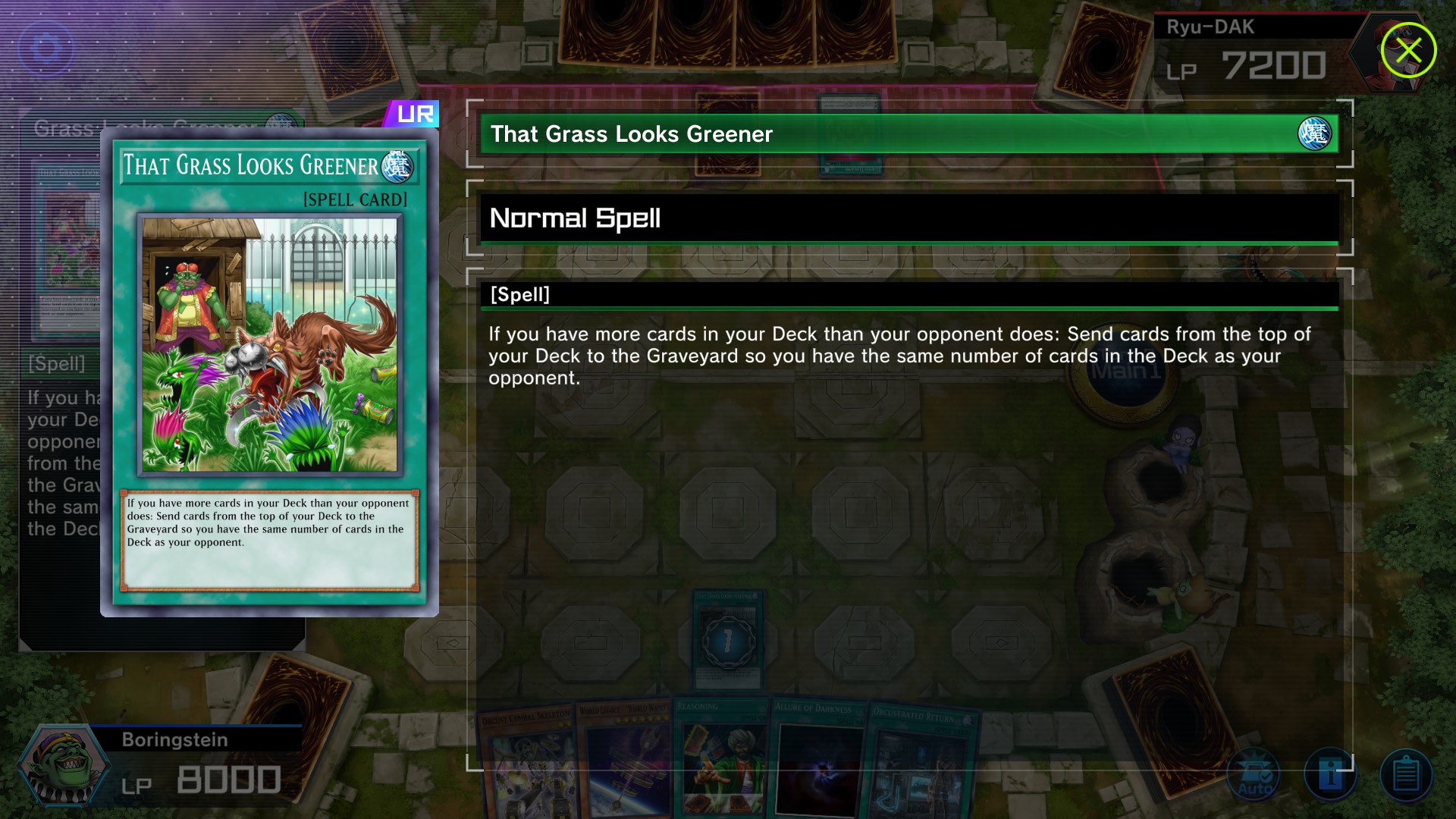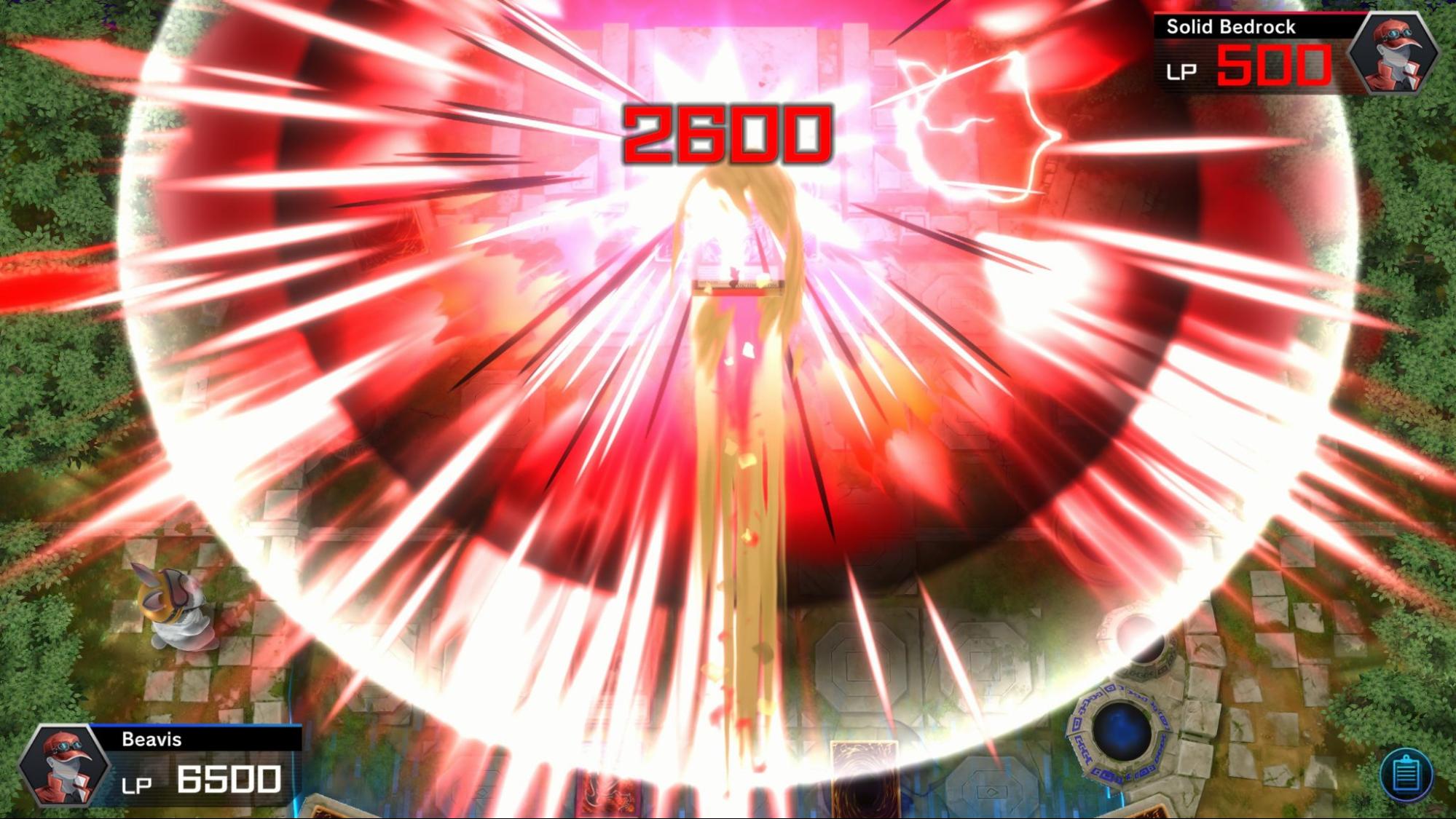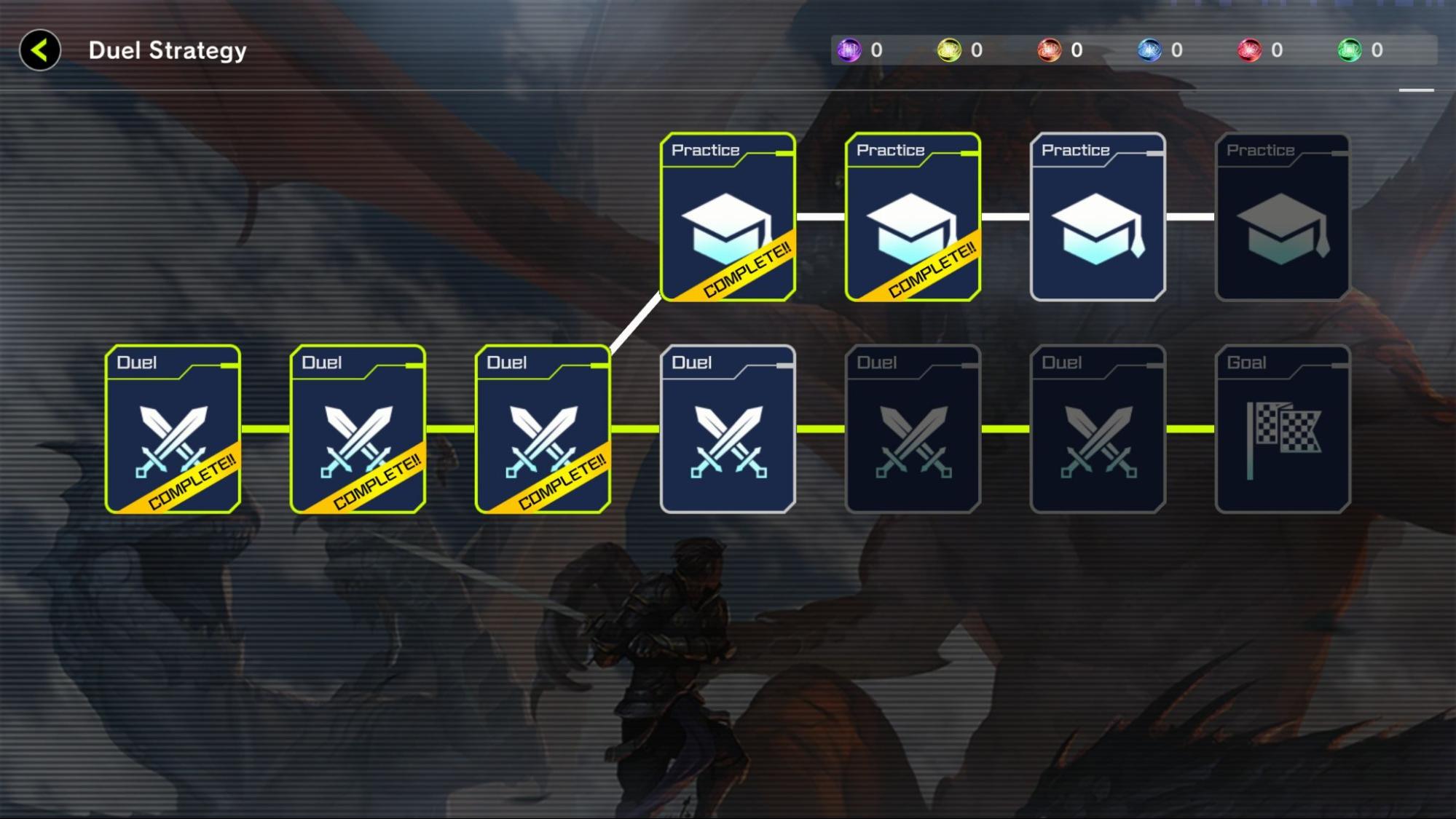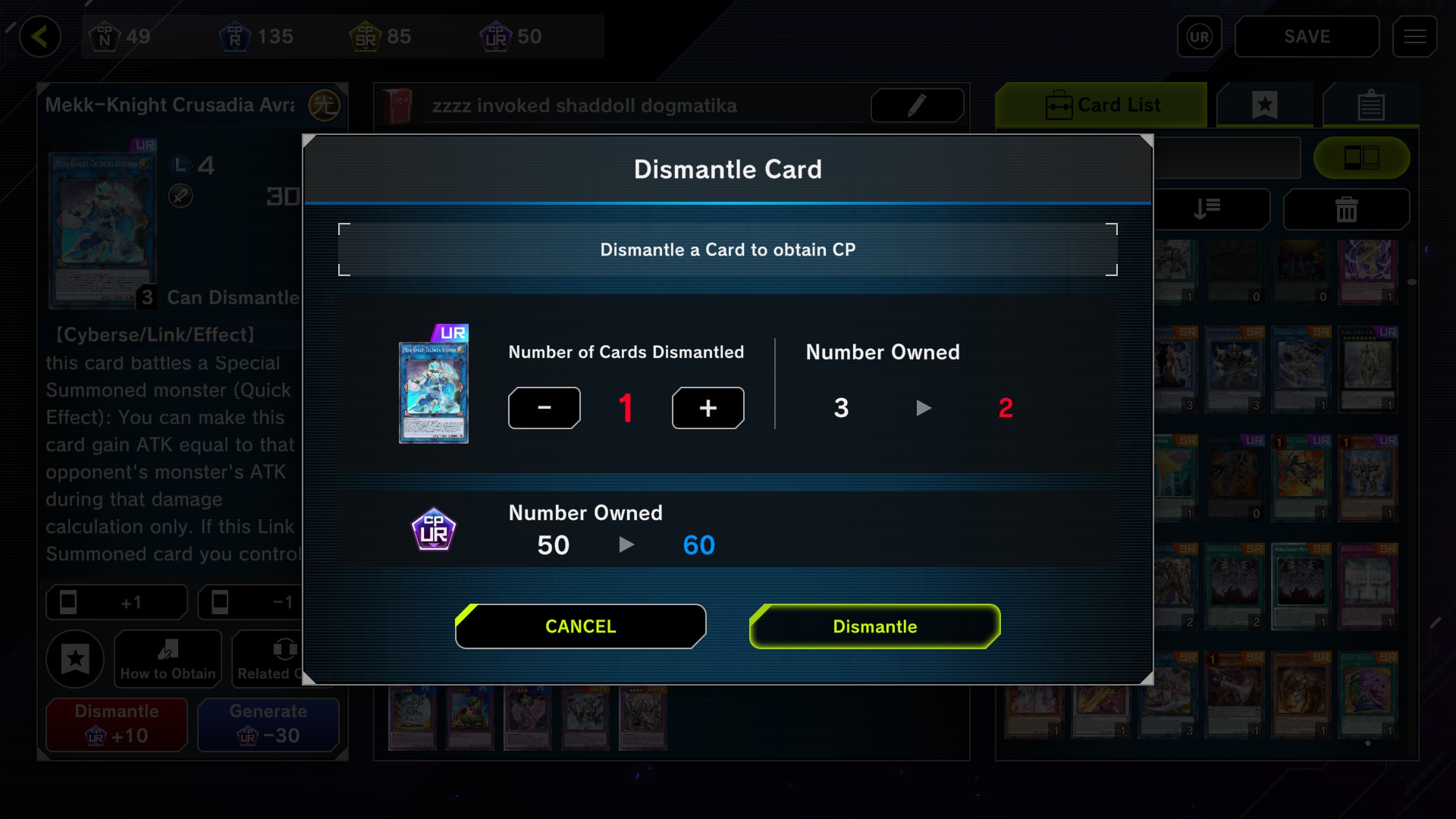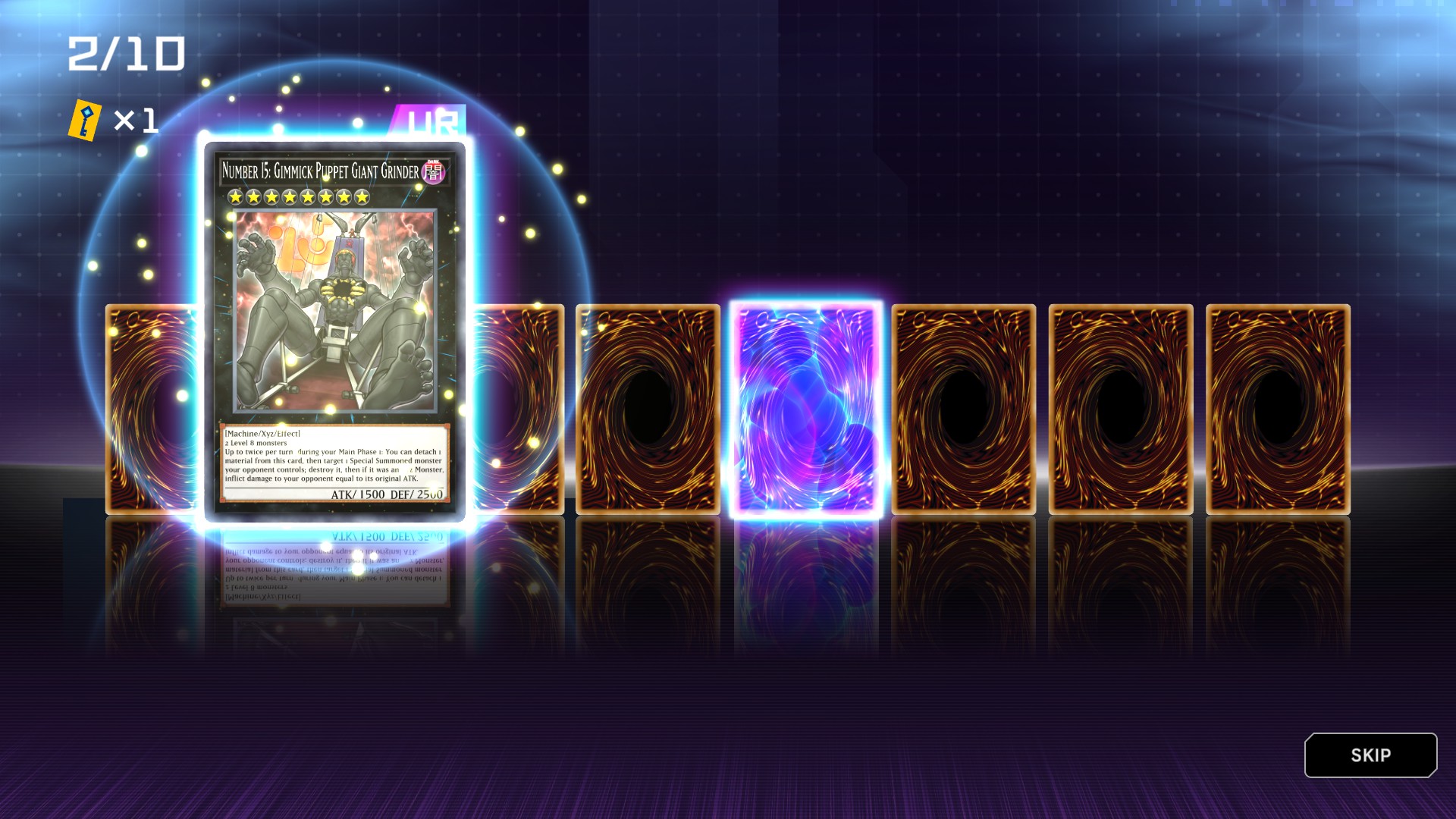Our Verdict
One of the most exciting online CCGs released yet. It could use more singleplayer content, but for PvP, it's tough to beat.
PC Gamer's got your back
What is it? An officially sanctioned competitive sim for the Yu-Gi-Oh! trading card game.
Expect to pay: Free-to-play, probably at least $30-60 USD in microtransactions to build multiple competitive decks
Developer: Konami
Publisher: Konami
Reviewed on: Nvidia GTX 1060, AMD Ryzen 7 3700X, 32GB RAM
Multiplayer: Online 1v1, ranked and casual modes
Link: Steam
Yu-Gi-Oh! (yes, the exclamation point is part of the name, and don't you ever forget it) was at one point nearly as ubiquitous as Pokémon, and has been growing and evolving for over 20 years now. What was once a simple trading card game where you'd summon one monster and set a couple traps now regularly involves ten minute turns during which you summon as many monsters, setting up unbreakable boards of negates only to watch your opponent break them anyways. It's complicated, but hasn't lost the basic appeal of any card game: the agony and ecstasy at the intersection of skill and luck.
After years of exploitative Yu-Gi-Oh! gacha games, buggy efforts at multiplayer, and anime tie-ins that were fun but more targeted at kids, Yu-Gi-Oh! Master Duel has finally dragged that card game into the free-to-play PvP age, and it's done it far more elegantly than anyone could have expected. Master Duel has some of the best production values of any digital card game out there, embodying the spirit of Kazuki Takahashi's iconic manga, its beloved anime, and the physical card game in equal measure.
The learning curve will be steep for newcomers, and Master Duel's initial 1.0 release doesn't include much of an offering outside of the competitive ladder mode (this seems likely to change in the near future), but it's still one of the best digital card games available today. The good night's sleeps I've sacrificed are a testament to that.
The second-to-last duel
As long as you've got at least one life point left and a card to get your combo going, you're still in the game.
Consider this recent experience: It's 2:33 am, and I'm on the verge of defeat. After making my way up to Platinum IV on the Master Duel ladder with relative ease, I got cocky and ditched the competitively viable deck I built to try one of my goofier, less-practical 60 card builds (the typical competitive deck is 40 cards). I'm deep in the hole, down to my last 800 life points after paying half of them on a graveyard effect that my opponent stopped with a well-timed effect negation, leaving my board close to empty.
If I lose, I'll drop down to Gold rank. That means winning four to five games just to get back to where I am, a cycle that filled my evenings since Master Duel unexpectedly dropped in the middle of a January night.
After a slightly agonizing wait as my opponent sets up their back row of spells and traps, with multiple pauses where a blinking Wi-Fi icon indicates connection issues on their end, it's my last chance to save myself. I channel my inner anime protagonist and count on the heart of the cards for the top-deck I need. The sleek draw animation unfurls, and there it is, the card my whole deck is built around: That Grass Looks Greener.
At its core, this is the same Yu-Gi-Oh! card game you might've played in 2004 or 2019: You summon monsters, activate spells, and spring traps to clear your opponent's board (or keep them from building one in the first place), and then attack them until they run out of life points. What makes Yu-Gi-Oh! unique is that there's no mana, skill points, or really any other resources other than your life points and the cards in your hand—the cards themselves are the primary resource. That means that as long as you've got at least one life point left and a card to get your combo going, you're still in the game.
Keep up to date with the most important stories and the best deals, as picked by the PC Gamer team.
It's also what makes a card like That Grass Looks Greener absolutely busted. A lot has changed in 20-plus years of this card game's evolution, so much so that now the graveyard is basically a second hand. That Grass Looks Greener sends cards from your deck to your graveyard until you and your opponent have the same number of cards left in your deck, which is so degenerate that it has been banned from competitive play in the US for many years. But it's legal in Japan, and it's legal in this game's banlist too, so I'm running it.

My inner anime protagonist is resurrected every time I connect to a new match.
I plunk the card down, and 20 cards fall off my deck and into a hole that denotes the graveyard, with a sleek animation punctuated by the sound of shuffling cards. I proceed to use my Orcust Harp Horror, one of those 20 cards I dumped, to summon a monster of my choice straight out of my deck, then I do that again with another card to bring a monster back from my graveyard. Pretty soon I've swarmed the field and Link Summoned a gigantic 5300 Attack boss monster named Accesscode Talker, which lets me wipe their board with impunity. I live to fight again tomorrow, cheered on by a sprightly horn flourish that greets every victory. Or maybe I should go for one more duel right now?
I've now logged well over 100 hours in Master Duel. The initial intoxication has worn off at this point, so I've become more skeptical of my own motivations after 2 am. Am I always having fun, or am I succumbing to gacha-game psychological manipulation? Master Duel's audiovisual brilliance makes it hard to tell. My inner anime protagonist is resurrected every time I connect to a new match. The animated game mat filled with rotating gears, my mascot cheering me on from the sideline, the detailed renderings of iconic Yu-Gi-Oh! card art, and the intense, dramatic orchestral score can all mean only one thing: It's time to d-d-d-duel!
Feeling the flow
For new or lapsed players, Master Duel's Solo mode is an effective if somewhat laissez-faire tutorial for the game's mechanics, unafraid to let you lose while unfolding feature after feature in a path that largely mirrors the progression of the game over the past 20 years. For current players, it offers cheesy-but-fun lore dumps about the cards, and a place to practice some of your new builds without risking your ladder ranking. In either case, expect to spend about 4-5 hours on the basics, and another 2-3 doing extra challenges and replays with custom decks. Not insubstantial, but if you're only looking for solo play, this might not scratch the itch.
For PvP duels, there are casual rooms and a greyed out event mode that's coming later, but the meat of the game is the competitive ladder. Rather than the traditional best-of-three format that makes up in-person and remote tournament play, Master Duels are settled with one match. This is good in that it simplifies the game, eliminating side-decking (altering your main deck between matches), but it does mean you can get blindsided by one-turn-kill decks, troll decks, or bad luck. As such, a lot of deck building right now is tilted towards jamming in game-breaking tech cards that are hard to respond to unless you specifically build your deck around them.
Another issue is that, while Master Duel feels very fast compared to fan-run simulators like EDOPro and Dueling Book—which used to be all we had—Yu-Gi-Oh! is still a slow game made slower by the online experience. You have 400+ seconds for each player's turn initially, and you get most of it back with each new turn. This is something that's simply endemic to a card game of Yu-Gi-Oh!'s complexity.
The actual competitive metagame experience would take far too many words to describe here, but the most interesting thing about it is that it combines banlists from both the US/EU and Japan. This means some strategies that haven't really been accessible to US players are now viable, which is fun—and what led to my 60 card Orcust deck in particular—but there are also some inequities when it comes to pricey Ultra Rare staples that make or break decks.
Outside of the highs and lows of the Yu-Gi-Oh! card game itself, small touches make Master Duel shine. The sound effects and animations are endlessly entertaining, from the steel-forge slam you hear when a card hits the field, to the lightly animated portraits of boss monsters, to the dynamic visualizations of effect chains that function as ripostes in Yu-Gi-Oh! The animations can drag out the already slow turns a bit, but they're so entertaining that I have yet to turn them off. Special praise has to also be given to the spectacular orchestral soundtrack that makes every move feel intense.
Pot of Greed
The cosmetic customizations available in play mats, card sleeves, and mascots are limited enough not to feel overwhelming but varied enough to give you some actual personalization, and there's a good amount you can get for free from solo mode.
This of course brings us to the problem with any competitive free-to-play card game: At best, it's an exercise in friendly extortion.
Master Duel, at least up front, is surprisingly generous: Between bonuses distributed to early players, completing Solo mode without replays, and the first chunk of leveling up, you'll very quickly hit the 10,000 gem inventory maximum. Packs cost 100 gems each and give you eight cards per pack. There are also some cheaper pre-built structure decks, which are fun but not particularly competitive.
...Yes, all 10,000-plus cards, opened one pack at a time at 100 gems a pop.
Those starting gems might dry up faster than you expect, and if you cave and decide to buy gems, 2,000ish of them will cost you about $12 USD, and that's the special deal right now. Normally, 50 gems, not even enough for a single pack, will cost you a dollar. It is certainly possible to build competitive decks for free, but it requires planning and patience.
As for the actual process of unlocking cards, Master Duel's system is... well, let's be polite and call it idiosyncratic. What is confusing at first is that, for a card game marked by dozens of booster pack releases focused on specific archetypes, there are initially only three booster pack types to buy: two specialty packs with modern staples and nostalgia picks respectively, and Master Packs which contain... literally every card in the game. Yes, all 10,000-plus cards, opened one pack at a time at 100 gems a pop.
What Master Duel doesn't explain very well is that whenever you open a pack containing a Super or Ultra rare card, you unlock a "secret pack" containing all the cards from its archetype. From there, you can then open packs to build a deck focused on your strategy, but the secret pack is only available for 24 hours. While being able to focus on cards you want to unlock is great, the time limit seems like an unnecessary restriction to pressure players to shell out real world money.
The good news is that Master Duel has a player-friendly crafting system. You can accrue card parts of each rarity through leveling up, completing solo mode, and dismantling cards you don't want for about a third of their crafting cost. Crafting a Super or Ultra rare card also unlocks a secret pack in the same way pulling it in a booster pack would, giving you a little more control over deck building once you learn the rhythm. Crafting helps to offset the annoying pack system, and makes it legitimately possible to build a deck or two that will get you to Platinum ranks without spending a dime, if you're willing to grind it out.
Your gem income slows down considerably after the initial Solo mode rewards have been redeemed. After a week and a half, I was getting at most a couple hundred gems out of a multi-hour session of play in a day, and often less. I didn't spend any money for the majority of my playtime, but eventually ended up buying a pack of 2,000 gems for $12 USD to finish out my Thunder Dragon deck.
And oh boy, does Konami ever try to reel you in: The same level of polish in dueling is present in pack opening, with over-the-top animations and sparkling indications of rarity.
If you've ever wanted to learn a TCG, this might be the best way to do it with minimal up-front investment.
As for the actual deck building itself, it works very well. There are unfortunately no options to sort by card effects, as is the case in both Duel Links and in most fan-made sims, it's otherwise another well-designed user experience with lots of sorting options. You can copy public decks from others and customize them or draw inspiration from them, a really useful feature for learning new archetypes and strategies. It also allows you to build decks using copies of cards you don't own yet to plan your pack purchases.
If you're a seasoned veteran of the physical Yu-Gi-Oh! card game, you've likely already installed Master Duel. For those with a nostalgic connection to Yu-Gi-Oh!, or digital CCG players who currently enjoy games like Hearthstone or Legends of Runeterra, Master Duel is worth trying.
Yu-Gi-Oh! is unlike any other trading card game in part because of how over-the-top it is, and Master Duel is a lean but polished digitization that card battler, brining over 10,000 cards into a surprisingly accessible package. While it's light on singleplayer entertainment, it offers enough solo instruction to get players into the outstanding competitive game. If you've ever wanted to learn a TCG, this might be the best way to do it with minimal up-front investment.
One of the most exciting online CCGs released yet. It could use more singleplayer content, but for PvP, it's tough to beat.
Donald Borenstein is a freelance writer and filmmaker. They should have spent more time writing their bio, but they were busy playing Civ.
